
A wolverine (Gulo gulo)
© Karel Bartik / Shutterstock
Eleven elusive creatures of the natural world
Jay Sullivan
Many animals are very difficult to spot in the wild.
Some creatures can only be seen at certain times of the year. Others rely on their sharp senses of vision, hearing and smell to sneak up on prey or escape the notice of predators. These adaptations also help them avoid humans.
Get to know some of nature's most elusive creatures.
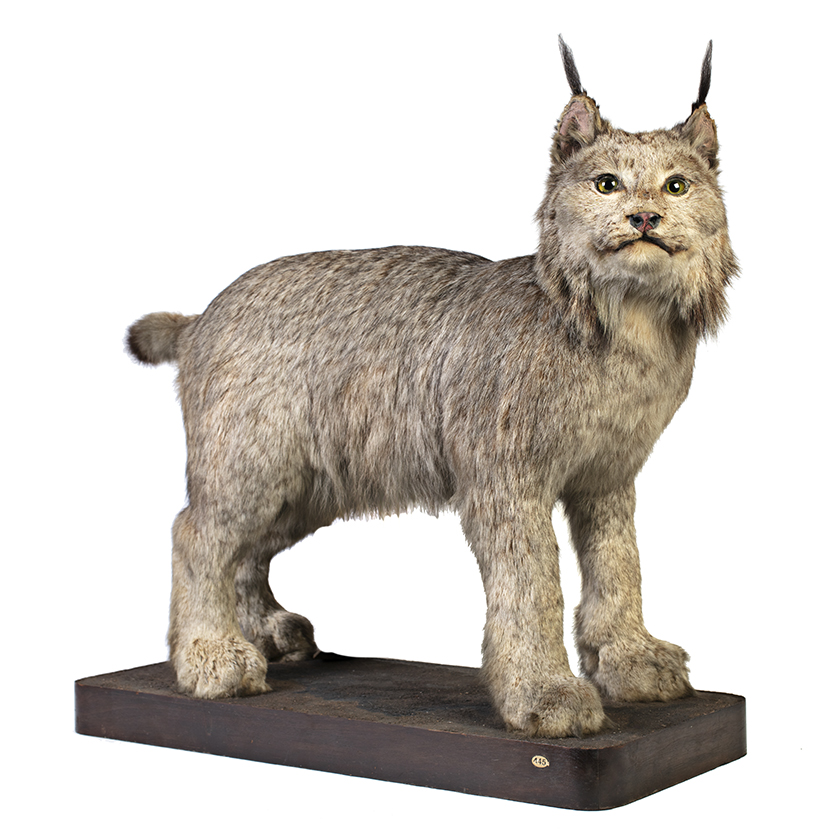
1. Canada lynx (Lynx canadensis)
Well-adapted to cold northern forests, these secretive, solitary hunters are rarely encountered by people. Recognisable by their tufted ears, Canada lynx rely on their sharp hearing and vision to find snowshoe hares (Lepus americanus), their main prey. Lynx's wide, padded paws act like snowshoes, helping them to silently stalk their next meal.
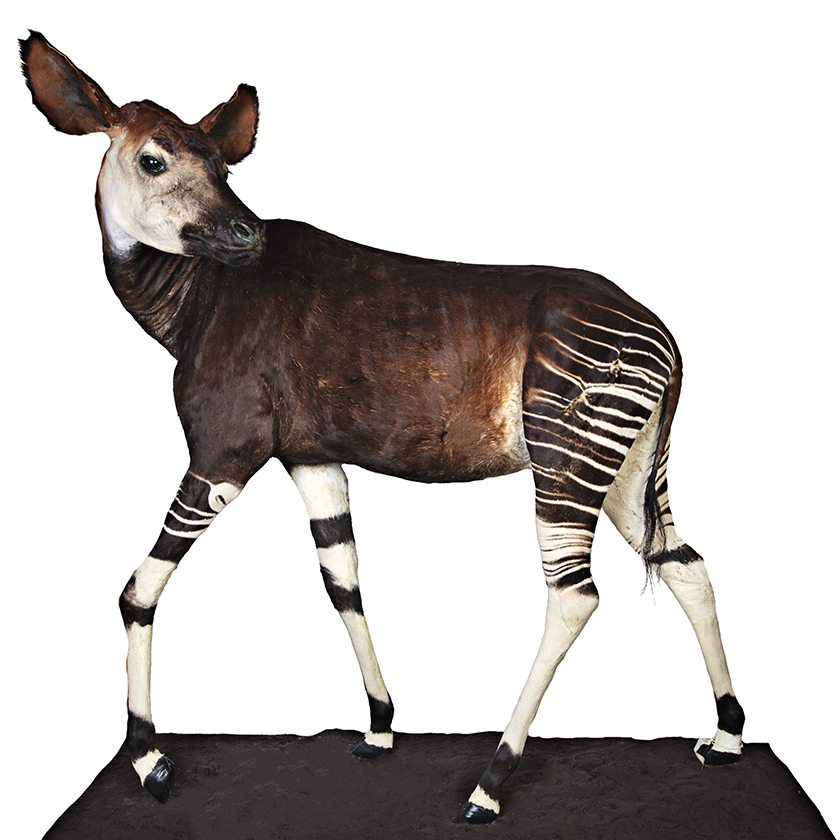
2. Okapi (Okapia johnstoni)
This animal is well-adapted to the environment where they live which helps them with avoiding predators including leopards and people. Okapis' zebra-like markings and dark reddish fur help camouflage them among dense, shadowy forests. Their sharp hearing keeps them alert to approaching threats. Though known locally, Western scientists did not know okapis existed until the early 1900s, and they remain difficult to observe in the wild today.
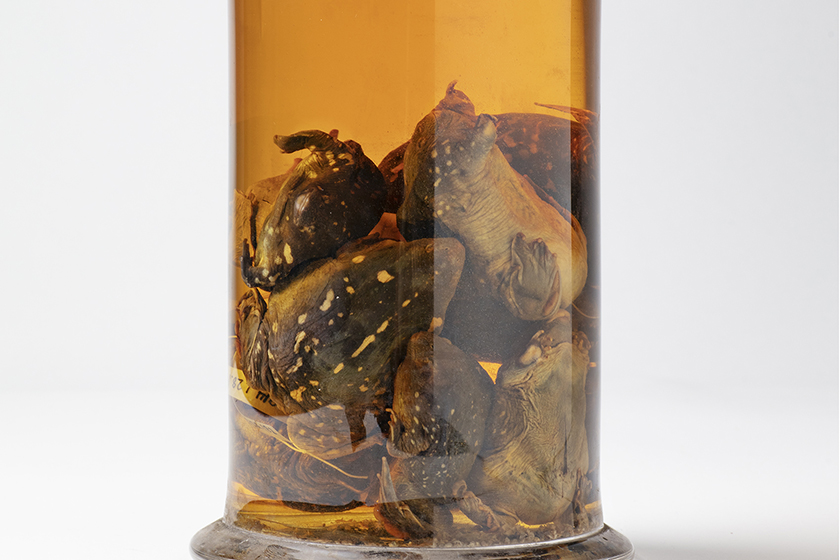
3. Mexican burrowing toad (Rhinophrynus dorsalis)
This mysterious toad spends most of its time hidden underground. It emerges only once a year, after heavy rainstorms when it comes out to breed. Researchers often find Mexican burrowing toads by following the sound of their wailing mating calls.
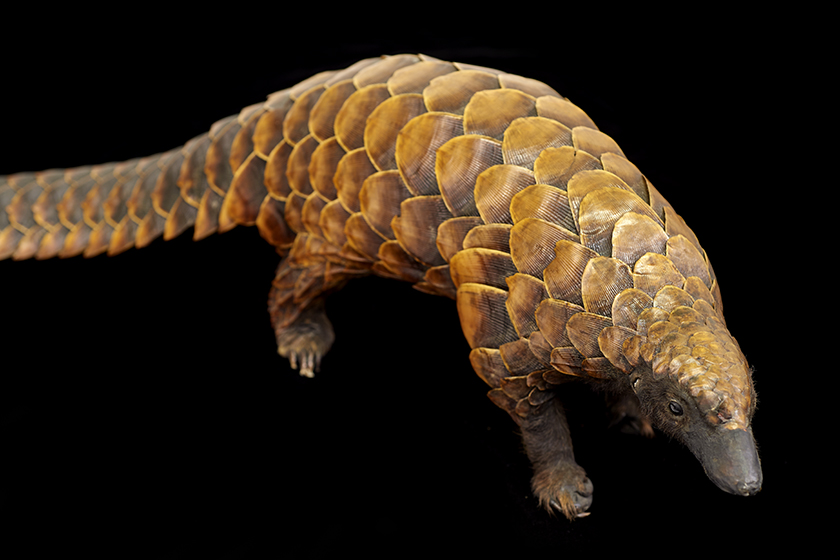
4. Pangolin (Pholidota)
The solitary, nocturnal nature of the pangolin makes it difficult to assess how many there are in the wild. The huge demand for pangolin meat and scales for illicit international trade makes it likely that numbers are in decline. All pangolin species are protected under national and international laws, and three species are listed as critically endangered. The Museum has two specimens currently on display in the Mammals gallery, a tree pangolin (Phataginus tricuspis) and a giant pangolin (Smutsia gigantea).
Location: Mammals gallery
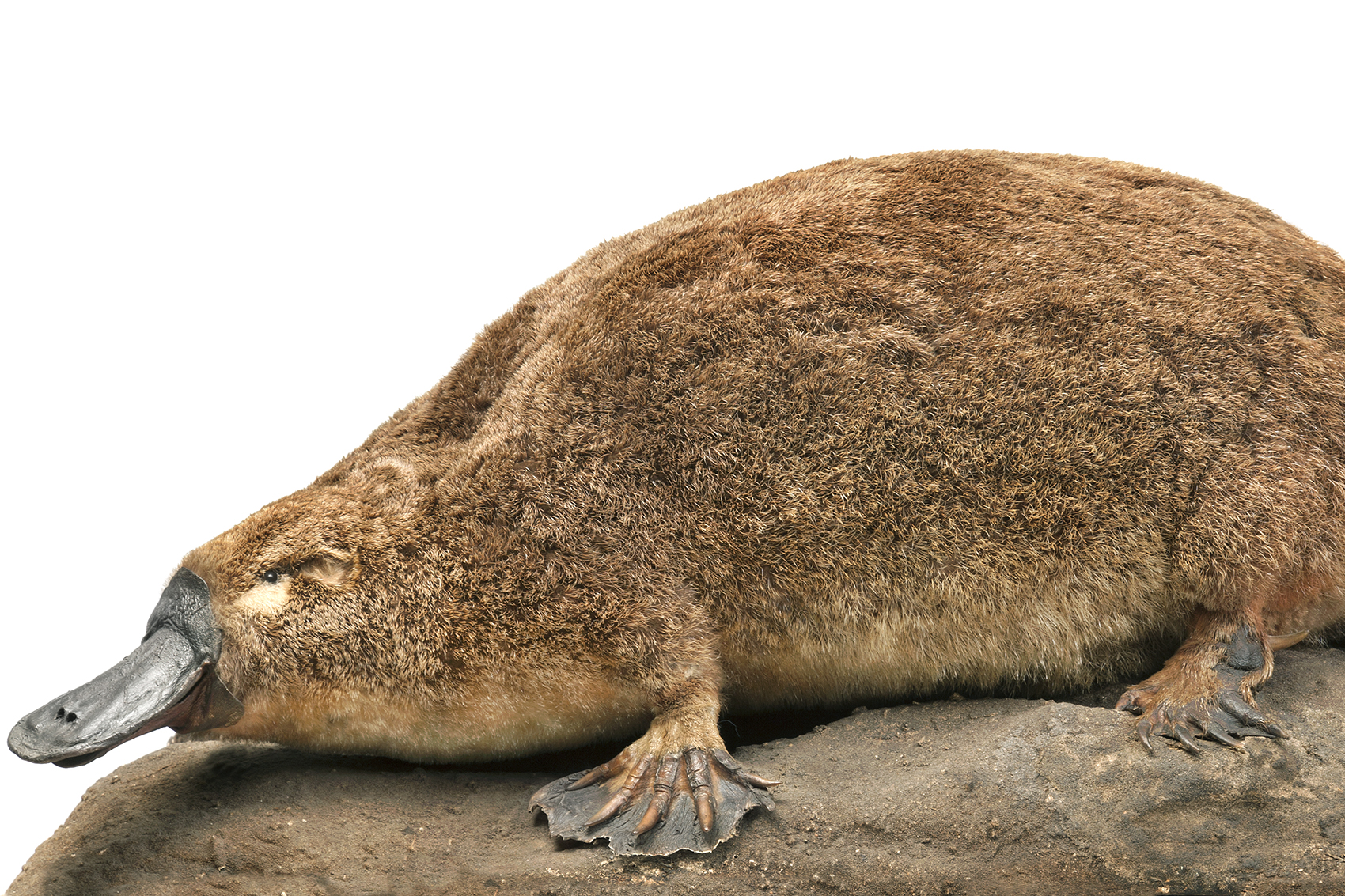
5. Platypus (Ornithorhynchus anatinus)
Platypuses have a reputation for rarely being seen in the wild. Spotting one requires patience and a knowledge of where to find them - the Tidbinbilla Valley in Australia is reported to be a good area to see them. The platypus is semi-aquatic, spending its time on land and in water.
Location: Mammals Gallery
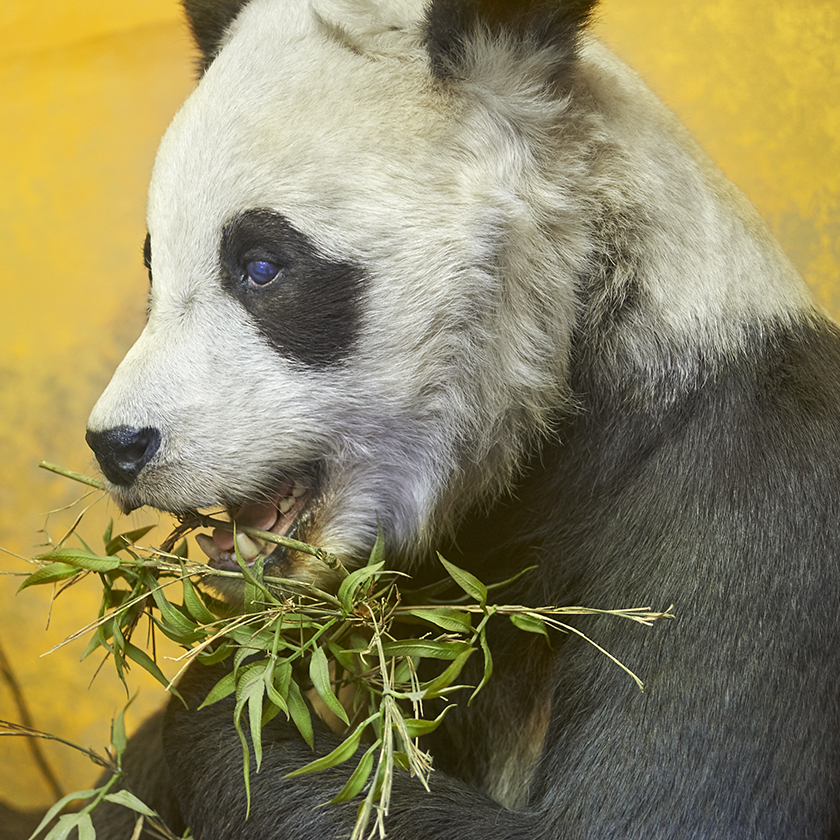
6. Giant panda (Ailuropoda melanoleuca)
Like the red panda, the giant panda can only be found in bamboo forests, specifically those in mountainous regions of China. Outside of breeding season pandas live a solitary life, using their brilliant sense of smell to detect predators, humans and other pandas from miles away.
Location: the Museum has two pandas - one in the Mammals gallery, while Chi-Chi can be seen in the Central Cafe
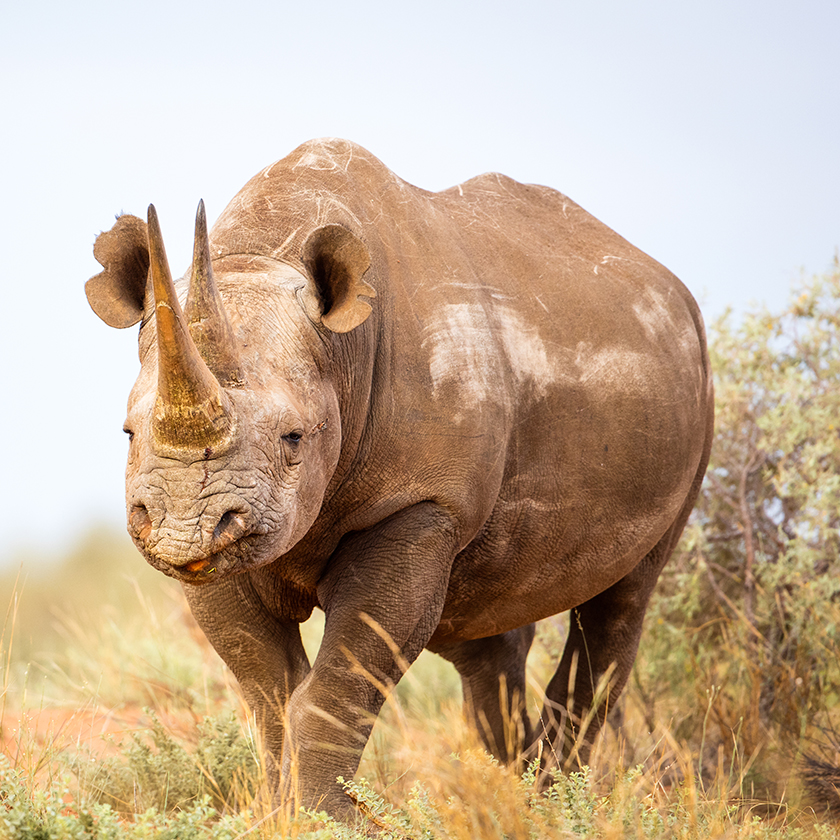
7. Black rhino (Diceros bicornis)
Despite their large size, the black rhino is now one of the world's most elusive animals. Common up until 100 years ago, the demand for rhino horns due to their commercial value led to a rise in poaching, and between 1960-1995 numbers fell by 98%. Today, due to conservation efforts, there are 10,000 in the wild.
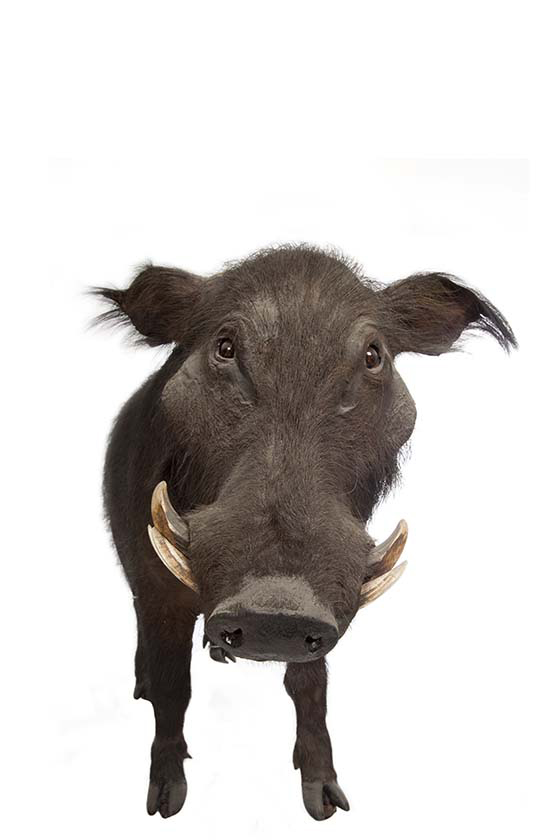
8. Giant forest hog (Hylochoerus meinertzhageni)
Weighing up to 270 kilogrammes, the giant forest hog is one the world's largest wild species of pig and one the most elusive. This animal is very skilled in avoiding predators but is also known for confronting them to protect their group. They gather in forests, grasslands and swampy areas as they cannot sweat and need daily mud baths to keep cool.
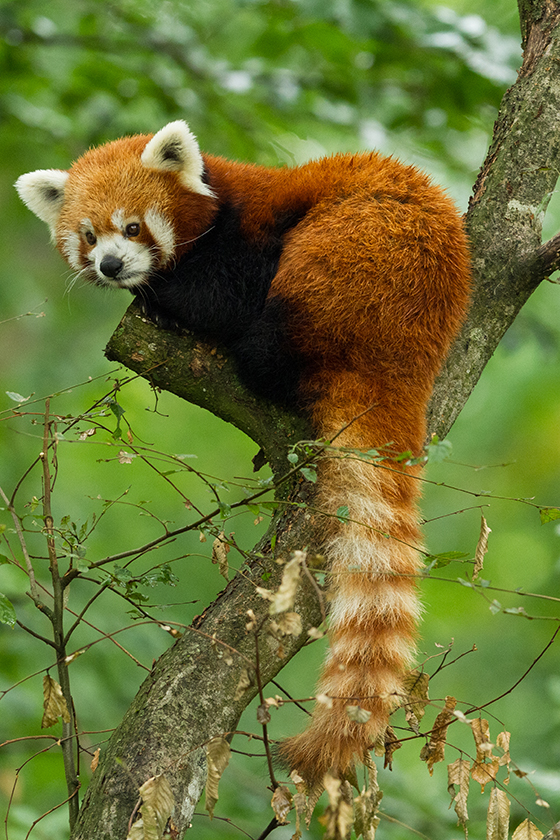
9. Red panda (Ailurus fulgens)
Red pandas can only be found in the Eastern Himalayan bamboo forests, China, India, Nepal, Bhutan and Myanmar. A mix of habitat loss and human disturbance means that there are probably fewer than 10,000 red pandas left in the wild today.
Location: Mammals gallery
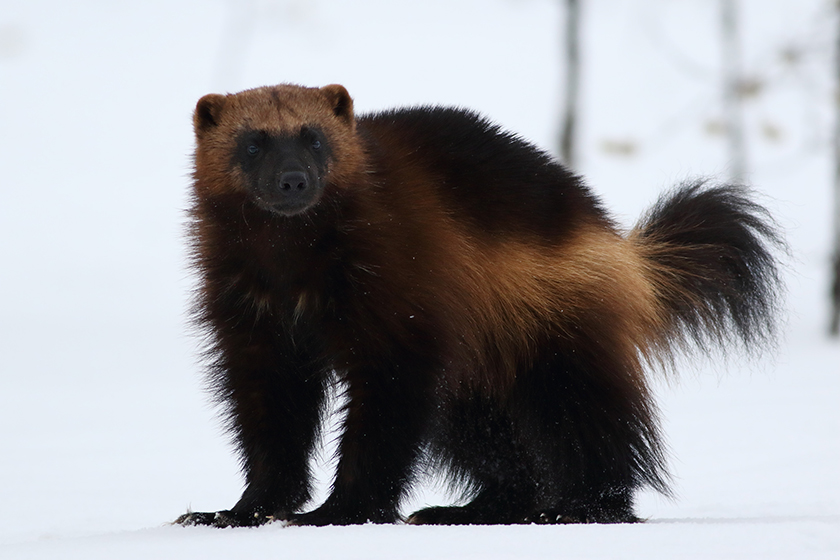
10. Wolverine (Gulo gulo)
The wolverine's low population density and wide-ranging territory make it nearly impossible to see in the wild. They can be found in remote areas of undisturbed wilderness. Wolverines easily dispatch small prey such as rabbits, but can also attack large animals such as caribou. Their strong jaws allow them to break bones, so they also feed on carrion.
Location: Mammals gallery
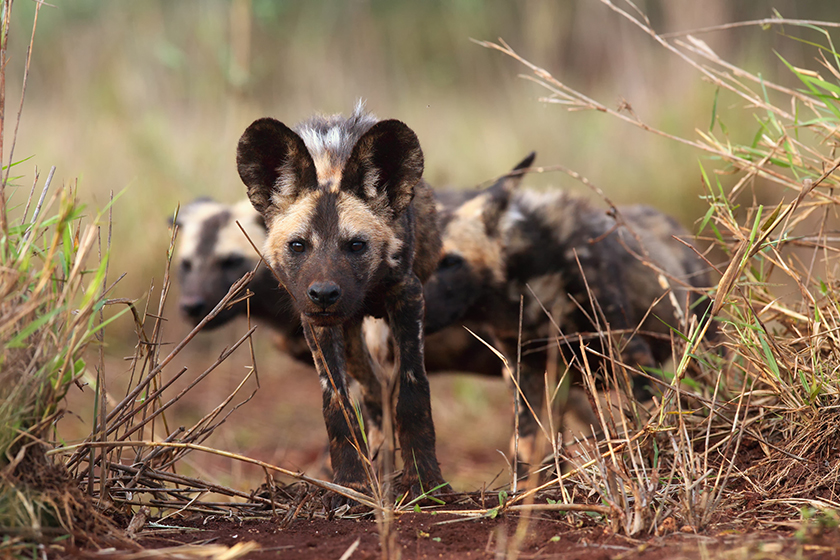
11. African wild dog (Lycaon pictus)
Domestic dogs are common, but the African wild dog is one of Africa's most endangered carnivores. Their distinctive multi-coloured spotted coat has given it the scientific name, Lycaon pictus which means painted wolf. Habitat loss, culling by humans and disease have all reduced their numbers.
Location: Mammals gallery

%20sbs-landscape.jpg)
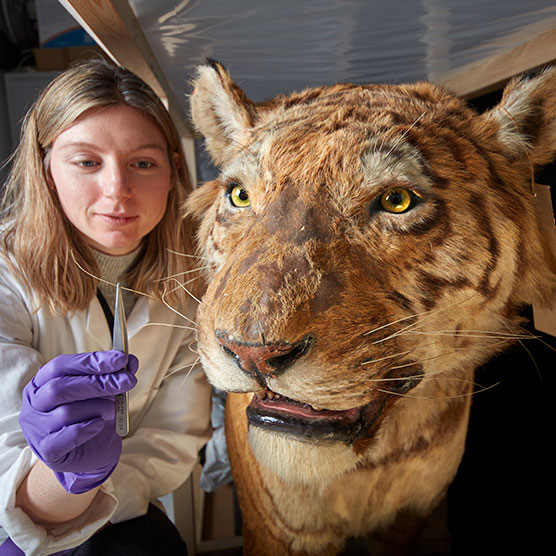
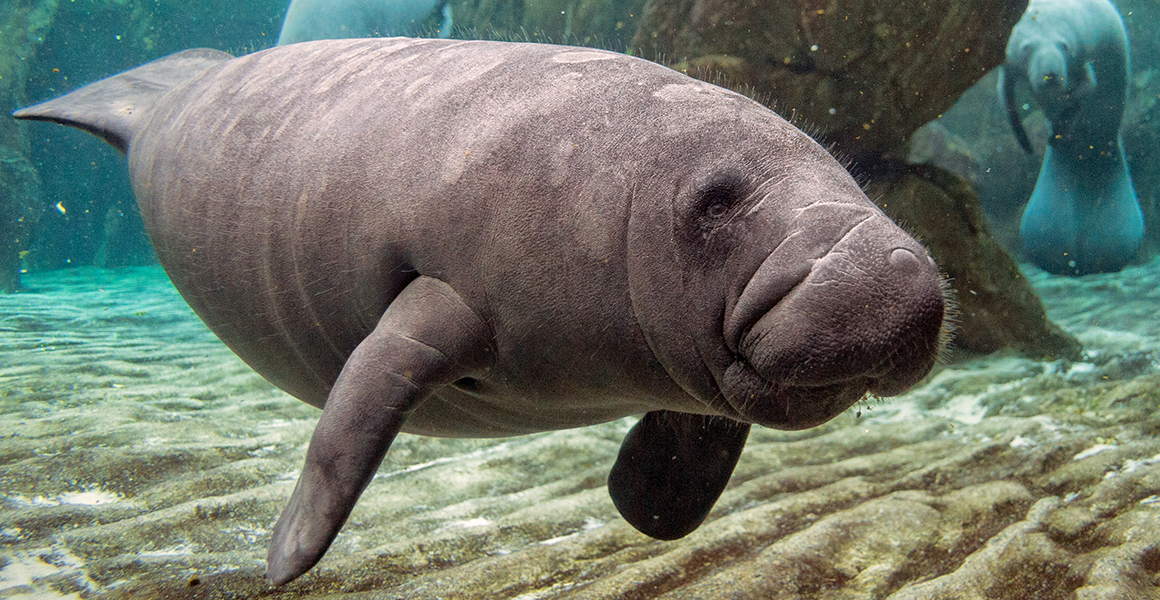
Don't miss a thing
Receive email updates about our news, science, exhibitions, events, products, services and fundraising activities. We may occasionally include third-party content from our corporate partners and other museums. We will not share your personal details with these third parties. You must be over the age of 13. Privacy notice.
Follow us on social media